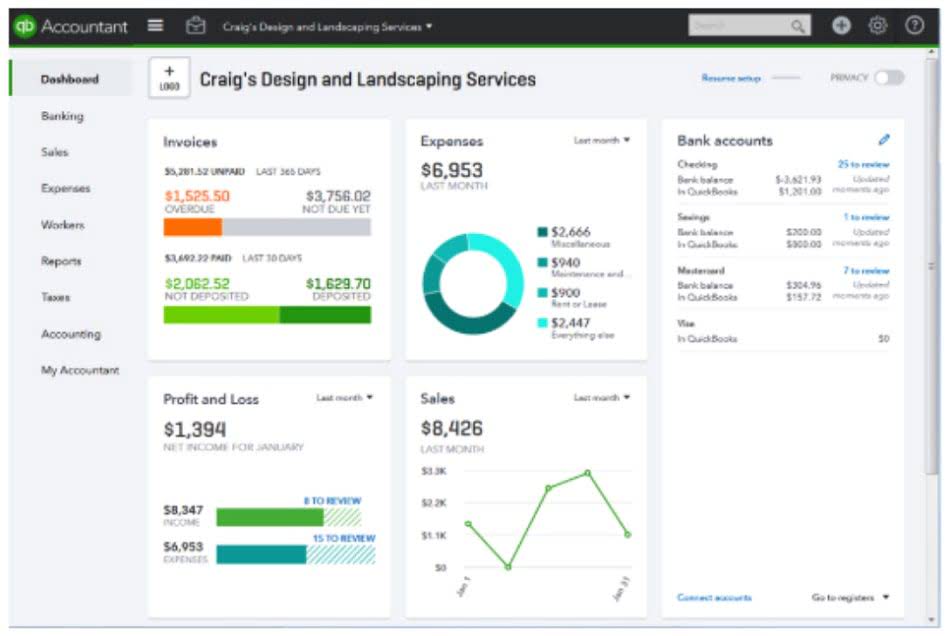
Whatever the case may be, if sales have been steadily declining over the last few quarters, there’s a good chance your profit margins are getting sliced as thin as possible—if they still exist at all. Then calculate the cost of producing your goods and services, the best way to avoid cash flow problems is as this will help you adapt your projection should substantial new orders suddenly come in. When considering how much to charge for late fees, don’t forget to consider any state or federal regulations that may limit the amount that can be charged.

A healthy cash reserve will help mitigate any potential fallout and give you the time needed to weather a temporary shift or adapt to a permanent one. Conversely, if you have a relatively small account balance when trouble hits, you’ll likely have to quickly obtain loans — which may or may not offer reasonable payment terms — or face a potential shutdown. Though you might be very eager to scale or grow your business quickly, it’s important you make sure to do so at a reasonable rate. If you overextend your company, chances are a lot of your cash will be tied up in capital and operating expenses, leaving your business less flexible in the short term. If you’ll be getting a loan, the tips we mention in our article on how to get a small business loan can increase your approval odds.
Do Companies Need to Report a Cash Flow Statement?
Once you’ve put the proper measures in place, you should build a relationship with your principal contact within your customer’s organization. For more tips, you can also read our article on how to maintain good customer relationships when facing unpaid invoices. Not only does it monopolize resources, but it can also hinder forecasting and the bottom line. All it takes are a few smart moves to keep your company’s cash flowing. Find out the specific person, job title, and address to send your invoices to so they don’t get lost. Make your invoices straightforward and easy to read, clearly indicating the due date, amount due, where to send payment, and accepted payment methods.
- Once you have gathered your data, you will need to create a cash flow statement.
- This can ensure you’re being compensated fairly for your work and prevent you from incurring additional costs that impact your cash flow.
- This content is for information purposes only and information provided should not be considered legal, accounting or tax advice or a substitute for obtaining such advice specific to your business.
- This system can give you a figure to aim for as you build a cash reserve.
- You should dig beyond their financial ratings and look into whether their strategy and culture are in line with your own.
- Finally, refinancing loans can also help by lowering monthly payments and reducing your interest rate.
This usually indicates strong corporate governance, the ability to take smart risks and an avenue to manage potential exposure. Identify any potential cash flow issues, such as a cash deficit or a large cash outflow that you were not anticipating. A business line of credit is a good insurance policy to help avoid cash-flow problems. You may be able to use a percentage of your accounts receivable or inventory as collateral to get a line of credit. Another way to quickly increase your business’s working capital (and also to bring in a new business partner) is to sell equity. Like taking on debt, however, be sure you truly want or need to sell a piece of ownership in your business to solve a cash flow crisis.
Create a short-term business survival plan
More than anything else in their businesses, smart small-business owners stay on top of their cash flow, monitoring their statements monthly or even weekly. These critical numbers tell you just how much is coming in and how much is going out of your business. For businesses that don’t get paid in full when a sale is made, it’s essential to collect payments as quickly as possible. The older accounts become, the more likely you’ll have trouble collecting. When you’re taking a trip, you plan how to get there, and probably do some research to avoid potential problems along the way. When you’re starting a business, anticipating potential cash flow issues can mean the difference between failure and success.
Historically financial modeling has been hard, complicated, and inaccurate. The Finmark Blog is here to educate founders on key financial metrics, startup best practices, and everything else to give you the confidence to drive your business forward. But another source of common cash flow problems is having too much inventory on hand. At the end of the day, if you’re spending more money than you’re taking in, it shouldn’t take a rocket scientist to tell you that you’ll probably have cash flow problems sooner or later. In simple terms, your cash flow is a measure of what you’ve got coming in and what you’ve got going out. On that basis, it’s all too easy to assume that if the former figure is higher than the latter, then all is well.
How to Prevent Cash Flow Problems
Assessing cash flows is essential for evaluating a company’s liquidity, flexibility, and overall financial performance. Cash flow forecasting is a way of estimating the flow of cash coming in and out of your business, across all areas, over a given period of time. A cash flow forecast shows your projected cash based on income and expenses and is an important tool when it comes to making decisions about activities such as funding, capital expenditure, and investments. Reviewing at least the past 12 months of business bank statements can help you identify all of your recurring and less frequently occurring business expenses. Statements to payments made to business credit cards should also be reviewed.

In some cases, a lack of liquid cash can lead businesses to expensive financing options that leave them in debt, increasing expenses in the form of debt service. Cash flow shortfalls can come from over-forecasting growth and when expenses exceed working capital. If you’re in a high-growth period, it’s critical to recognize the difference between profit and cash flow.
Be the First to Comment!
You must be logged in to post a comment.
You must be logged in to post a comment.